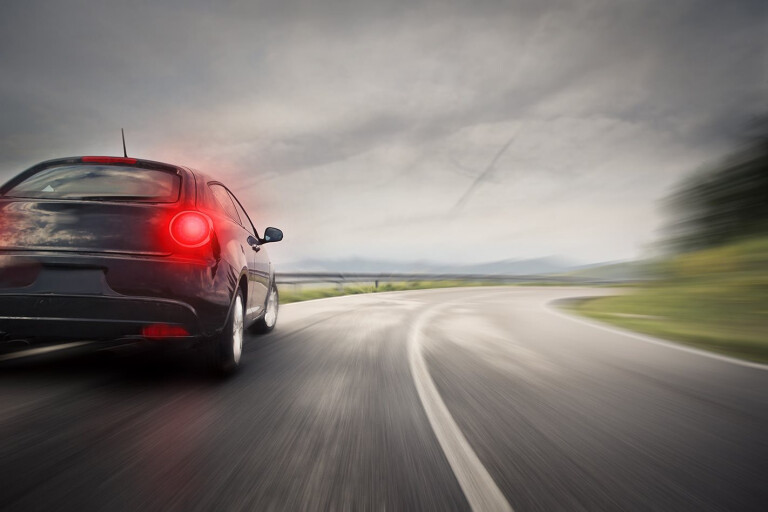
In the event of an accident, brakes can turn a hit into a near-miss, or a major crash into a minor bingle. But brakes aren’t simply a set of pads clamping onto a disc at the behest of your boot; there are some amazing active and passive safety systems in modern cars that can help a car pull up more effectively.
While car manufacturers have different tech and therefore use different names for everything, there are three main categories in a car’s braking system that all new car buyers should look out for: ABS, EBD and BA.
So let’s, errr, break them down.
ABS – ANTI-LOCK BRAKING SYSTEM
ABS is the most basic form of braking safety and should be on every single car in Australia. Unfortunately, a few vehicles including utilities and vans are still lacking this basic braking tech.
Anti-lock brakes stop the wheels from locking up under heavy braking. When hard pressure is applied to the brake pedal, a car without ABS will clamp down so hard on the spinning wheels that they stop turning completely. This overwhelms the grip of the tyre and the car will begin to slide.
When wheels are locked and sliding, you can’t steer… at all. The only way to get control back is to take your foot off the brake pedal, let the wheels turn again to regain traction, and apply the brake again, preferably with just enough pressure to slow the wheels without locking them up.
Imagine doing that consciously as you hurtle towards an object – it is extremely difficult and takes great presence of mind, not to mention practice.
The ABS prevents wheel-lock by pulsing the brakes for you and is activated automatically when enough pressure is applied to the brake pedal. Quickly clamping the brakes on and off will slow the car effectively, while keeping you in control of the steering wheel.
Often you won’t even notice when the ABS is activated, but it can feel like a vibration under your pedal foot. You can sometimes even hear it like a distant grinding noise.
BA OR EBA – EMERGENCY BRAKE ASSIST
If you’ve ever had to stomp on the brake pedal to avoid hitting something, it probably felt like you were trying to push the pedal out through the firewall, right? However, many drivers don’t actually ‘slam on the brakes’ like they should. Neither do they react fast enough to an impending accident – where a fraction of a second can translate to metres in braking distance.
Emergency Brake Assist activates when a driver rapidly applies the brake pedal. It works with ABS to apply full brake pressure in the event of an emergency stop, even if the driver has only pushed the pedal part-way to the floor. This turns a flimsy pedal push into a full-on slam, ensuring you are getting the optimum stopping power.
EBD – ELECTRONIC BRAKEFORCE DISTRIBUTION
EBD does exactly what its name suggests – it distributes the braking force between all four wheels electronically.
When you slam on the brakes in a straight line, the weight of a car will tip onto its nose. In this scenario, the wheels at the front have a nice big contact patch with the ground, therefore they have the most grip and will benefit from more braking power. So, EBD pushes the full braking force to the front wheels.
If you brake while cornering, the inside wheels are light and not carrying much weight, so the braking force is doled out to the wheels carrying the most weight and are able to brake more effectively – the outside wheels. It’s all very smart, and again, is linked to the ABS.
WHAT ABOUT ESC AND TC?
Traction Control and Electronic Stability Control are active safety systems that offer more control to the driver when grip from one, two, or all four wheels is lost. A car can’t have stability control without ABS, and while it’s a major feature that utilises the braking system of the car, it does so much more than apply brakes and slow the car. Click her to read more on ESC and TC.

COMMENTS